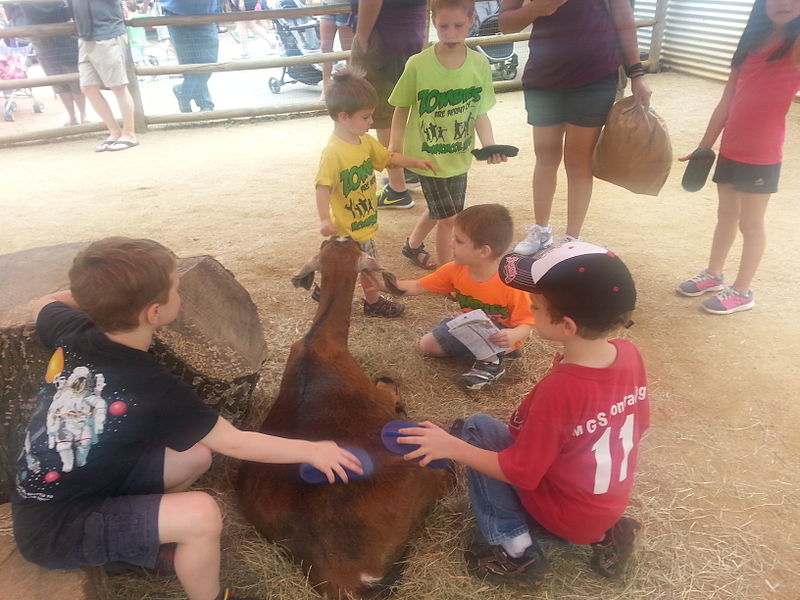
Dear ones: I’m starting to see all the fall-school activity, Halloween and fall-outing theme memes and posts, so I wanted to share my allergy-life and allergy-mom-life advice (and PLEASE PLEASE share with others):
As you plan for fall events in your classroom, community, and shared spaces, remember that 8% of children have food allergies. Per the CDC, “That’s 1 in 13 children, or about 2 students per classroom.” When you plan activities around food, there is a great potential of leaving these kids out. Tree nuts and peanuts are NOT the only allergies to be aware of. Per the CDC, “Eight foods or food groups account for most serious allergic reactions in the United States: milk, eggs, fish, crustacean shellfish, wheat, soy, peanuts, and tree nuts.” Sesame is the 9th most common allergen, and since Jan 1 2023 is now also required to be listed on ingredient lists per the FDA.
Even doing non-eating activities with food can have an impact. For instance, for a kid with dairy allergies or celiac, learning to count in kindergarten with goldfish crackers could lead to illness and could even be life-threatening, depending on the severity of the allergy.
If you’ve got your bowl of candy at Halloween and are irritated at the kid who is digging through it (and tell them “you get what you get and you don’t throw a fit”) remember that they may be searching to see if you have anything that they’re not allergic to.
If you’re planning an event and want to have food that almost every can enjoy safely, look for snacks and treats that have the “free of most common allergies” stamp on them. Some of my favorites are the candies from Yum Earth
https://yumearth.com/ and popcorn from Boom Chicka Pop – the sea salt popcorn and sweet and salty kettlecorn are both allergy friendly:
https://www.boomchickapop.com/multipacks.
If you have a kid with food allergies: teach them to self-advocate. Read labels WITH THEM from the first day of diagnosis, no matter how little they are. Teach them to ask “can I read the ingredients?” Don’t take anyone else’s word that it “should” be okay. When in doubt, don’t eat it. Also: keep your benadryl handy. Practice with your epi-pen. Have your kid and grandparents and caretakers all practice with the epi-pen.
Thanks for listening to this adult with food allergies who has kids with food allergies, and has spent both my own life and my mom-life navigating a world that isn’t always safe (or even just friendly and understanding) for us to eat in or even live in. And remember that having food allergies was certainly not our choice, and we’re not doing this just to make your life difficult. Our own food-allergy-lives are difficult enough …
https://www.cdc.gov/healthyschools/foodallergies/index.htm
https://www.fda.gov/news-events/fda-voices/update-sesame-allergen-labeling-food-packages